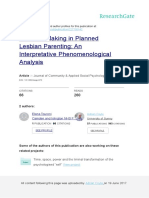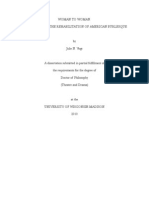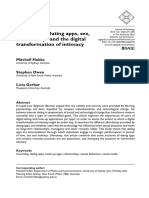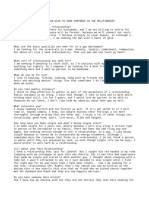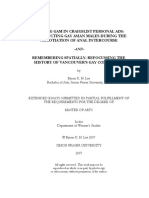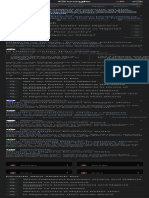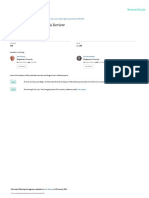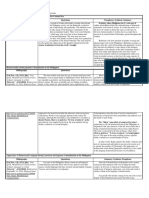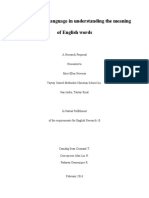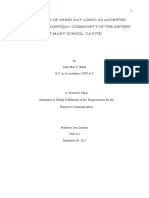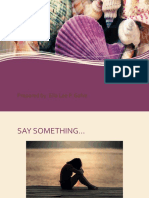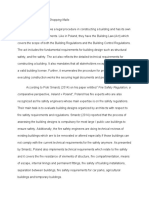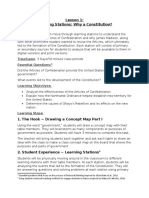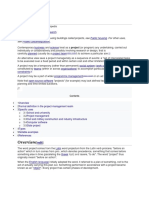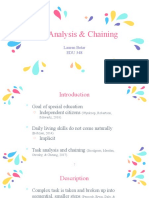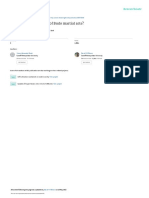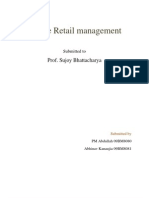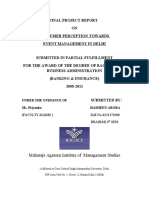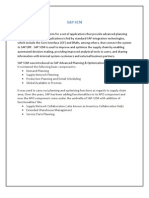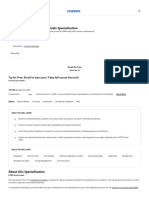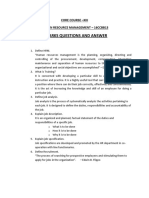100% found this document useful (1 vote)
772 views10 pagesGay Language: A Mini-Ethnography On The Dynamism of Language
The document discusses the use of gay language or "gay lingo" among students. It provides examples of common terms used in gay lingo that have been observed by teachers, such as "charot" meaning "joke" and "jowa" meaning "girlfriend/boyfriend." The terms often derive from pop culture references and involve word play or modifications of existing words. While gay language was originally used exclusively within the LGBT community, it has now been adopted more widely among students and society. The document analyzes how various word formation processes like derivation, back-formation, and coinage are involved in creating terms in gay lingo.
Uploaded by
Ella Lee GalveCopyright
© © All Rights Reserved
We take content rights seriously. If you suspect this is your content, claim it here.
Available Formats
Download as DOCX, PDF, TXT or read online on Scribd
100% found this document useful (1 vote)
772 views10 pagesGay Language: A Mini-Ethnography On The Dynamism of Language
The document discusses the use of gay language or "gay lingo" among students. It provides examples of common terms used in gay lingo that have been observed by teachers, such as "charot" meaning "joke" and "jowa" meaning "girlfriend/boyfriend." The terms often derive from pop culture references and involve word play or modifications of existing words. While gay language was originally used exclusively within the LGBT community, it has now been adopted more widely among students and society. The document analyzes how various word formation processes like derivation, back-formation, and coinage are involved in creating terms in gay lingo.
Uploaded by
Ella Lee GalveCopyright
© © All Rights Reserved
We take content rights seriously. If you suspect this is your content, claim it here.
Available Formats
Download as DOCX, PDF, TXT or read online on Scribd
/ 10





